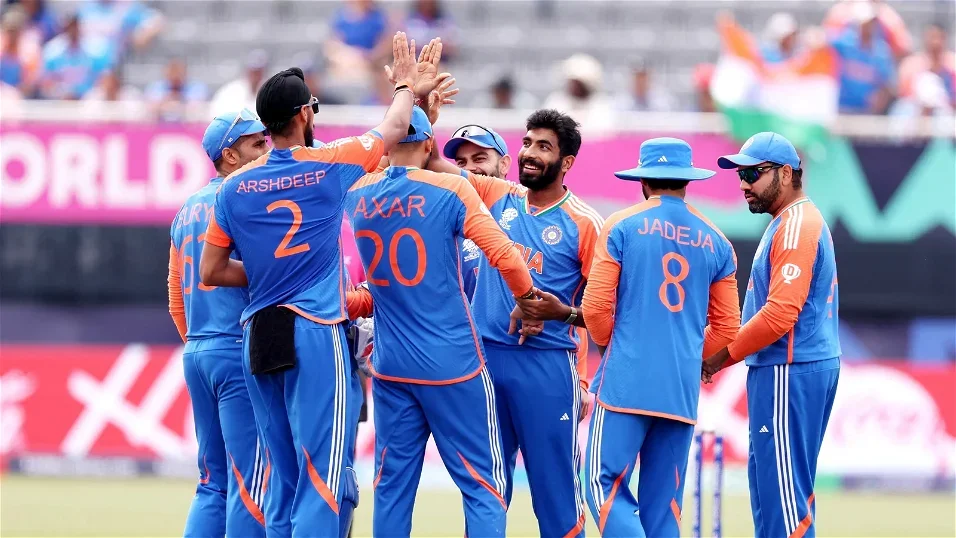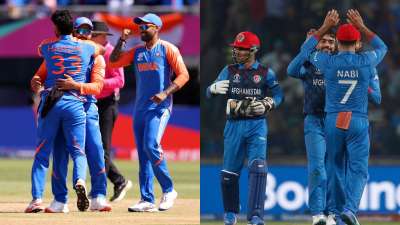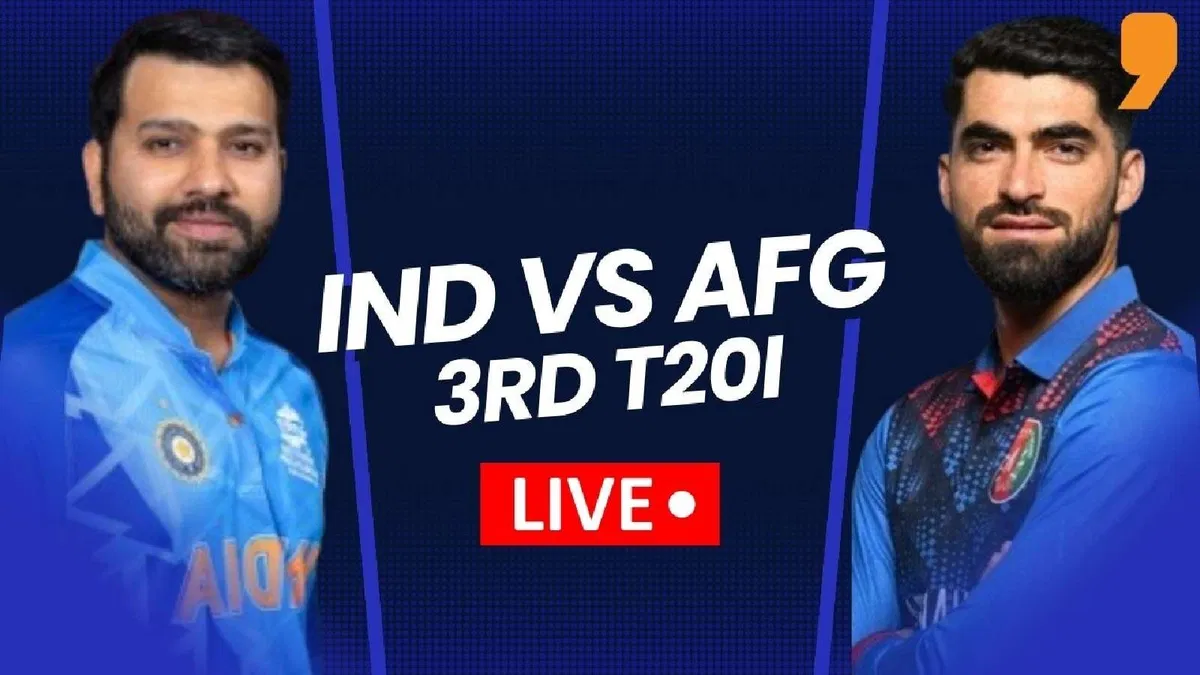Cricket, a game steeped in tradition and passion, often brings together nations in exciting contests. One such riveting encounter is between the Afghanistan National Cricket Team vs India National Cricket Team Match Scorecard. This match-up is a relatively new rivalry in international cricket, but it has quickly gained attention due to the spirited performances from both sides. In this article, we delve into the detailed match scorecard, highlight key moments, and provide a comprehensive analysis of the encounters between these two teams.
Historical Context
The Afghanistan national cricket team has made significant strides in international cricket since gaining full ICC membership in 2017. Their journey from associate membership to playing against top-tier teams like India is a testament to their dedication and growth in the sport. On the other hand, the India national cricket team, with a rich history and numerous accolades, serves as a benchmark for emerging cricket nations. Matches between these two teams offer a blend of seasoned experience and emerging talent, making them highly anticipated events.
Key Players
Afghanistan National Cricket Team
- Rashid Khan: A premier leg-spinner known for his wicket-taking abilities and economical bowling. Rashid is a key player in Afghanistan’s bowling attack.
- Mohammad Nabi: An all-rounder who brings balance to the team with his batting and off-spin bowling. His experience is invaluable.
- Rahmanullah Gurbaz: A young and dynamic wicketkeeper-batsman who provides a solid start at the top of the order.
India National Cricket Team

- Virat Kohli: One of the modern greats of the game, known for his consistent batting and leadership skills.
- Rohit Sharma: An explosive opener who can change the course of the game with his aggressive batting style.
- Jasprit Bumrah: India’s pace spearhead, renowned for his accurate and deadly yorkers, especially in the death overs.
Match Scorecard Analysis
Let’s take a detailed look at a hypothetical yet representative scorecard of a T20 match between Afghanistan and India.
First Innings: Afghanistan Batting
| Batsman | Runs | Balls | 4s | 6s | SR |
|---|---|---|---|---|---|
| Rahmanullah Gurbaz | 45 | 35 | 5 | 2 | 128.57 |
| Hazratullah Zazai | 30 | 20 | 4 | 1 | 150.00 |
| Mohammad Nabi | 55* | 40 | 6 | 2 | 137.50 |
| Najibullah Zadran | 25 | 15 | 2 | 1 | 166.67 |
| Rashid Khan | 15* | 10 | 1 | 1 | 150.00 |
Extras: 10 (5 wides, 3 no-balls, 2 leg byes)
Total: 180/4 in 20 overs
Bowling (India)
| Bowler | Overs | Maidens | Runs | Wickets | Economy |
|---|---|---|---|---|---|
| Jasprit Bumrah | 4 | 0 | 30 | 2 | 7.50 |
| Bhuvneshwar Kumar | 4 | 0 | 35 | 1 | 8.75 |
| Ravindra Jadeja | 4 | 0 | 28 | 1 | 7.00 |
| Hardik Pandya | 4 | 0 | 35 | 0 | 8.75 |
| Yuzvendra Chahal | 4 | 0 | 52 | 0 | 13.00 |
Second Innings: India Batting
| Batsman | Runs | Balls | 4s | 6s | SR |
|---|---|---|---|---|---|
| Rohit Sharma | 60 | 35 | 7 | 3 | 171.43 |
| Shikhar Dhawan | 25 | 20 | 3 | 1 | 125.00 |
| Virat Kohli | 40 | 30 | 4 | 1 | 133.33 |
| Rishabh Pant | 20 | 15 | 2 | 1 | 133.33 |
| Hardik Pandya | 35* | 20 | 3 | 2 | 175.00 |
Extras: 10 (4 wides, 3 no-balls, 3 leg byes)
Total: 190/4 in 19 overs
Bowling (Afghanistan)
| Bowler | Overs | Maidens | Runs | Wickets | Economy |
|---|---|---|---|---|---|
| Rashid Khan | 4 | 0 | 28 | 2 | 7.00 |
| Mujeeb Ur Rahman | 4 | 0 | 35 | 1 | 8.75 |
| Mohammad Nabi | 4 | 0 | 32 | 1 | 8.00 |
| Naveen-ul-Haq | 4 | 0 | 45 | 0 | 11.25 |
| Karim Janat | 3 | 0 | 50 | 0 | 16.67 |
Key Moments
- Rahmanullah Gurbaz’s Aggressive Start: Gurbaz’s quick-fire 45 runs laid a strong foundation for Afghanistan. His partnership with Zazai was crucial in the powerplay overs.
- Mohammad Nabi’s Anchoring Role: Nabi’s unbeaten 55 provided stability and acceleration during the middle overs, ensuring Afghanistan reached a competitive total.
- Bumrah’s Crucial Strikes: Jasprit Bumrah’s early wickets put pressure on the Afghan batting lineup, preventing them from scoring freely.
- Rohit Sharma’s Dominant Performance: Rohit Sharma’s 60 off 35 balls set the tone for India’s chase, providing a solid platform.
- Hardik Pandya’s Finishing Act: Pandya’s unbeaten 35 ensured India crossed the line with an over to spare, showcasing his prowess as a finisher.
Detailed Analysis
Afghanistan’s Batting Strategy
Afghanistan’s batting strategy revolved around taking advantage of the powerplay and building partnerships. Rahmanullah Gurbaz and Hazratullah Zazai provided a blistering start, exploiting the fielding restrictions. Gurbaz’s aggressive approach put the Indian bowlers on the back foot, while Zazai complemented him with powerful shots.
The middle overs saw a steadying hand from Mohammad Nabi, whose experience was evident in his calculated shot selection and ability to find gaps. Najibullah Zadran’s quick cameo added valuable runs, while Rashid Khan’s finishing touches propelled Afghanistan to a competitive total.

India’s Bowling Tactics
India’s bowling was spearheaded by Jasprit Bumrah, who struck early to remove the dangerous openers. His ability to bowl yorkers and slower balls made scoring difficult for the Afghan batsmen. Bhuvneshwar Kumar and Ravindra Jadeja provided crucial support, maintaining tight lines and lengths.
Yuzvendra Chahal, although expensive, managed to apply pressure during the middle overs. Hardik Pandya’s bowling was a bit wayward, but he made up for it with his batting later.
India’s Batting Approach
India’s chase was anchored by Rohit Sharma, who played a captain’s knock. His aggressive start, coupled with Shikhar Dhawan’s steadying influence, ensured India capitalized on the powerplay. Virat Kohli’s presence at the crease added stability, allowing the team to pace the chase effectively.
Rishabh Pant’s cameo and Hardik Pandya’s explosive finish highlighted India’s depth in batting. Pandya’s ability to clear the boundary under pressure was instrumental in sealing the victory.
Afghanistan’s Bowling Effort
Afghanistan’s bowlers, led by Rashid Khan, tried their best to contain the Indian batsmen. Rashid’s variations and wicket-taking ability were on full display, but the lack of support from the other end made it challenging to sustain pressure.
Mujeeb Ur Rahman and Mohammad Nabi bowled economically, but Naveen-ul-Haq and Karim Janat struggled with their lines and lengths, allowing India to chase down the target comfortably.
Conclusion
The match between the Afghanistan national cricket team and the India national cricket team showcased the evolving dynamics of international cricket. Afghanistan’s spirited performance and India’s experience made for an exciting contest. Key players from both sides rose to the occasion, delivering memorable performances.
For Afghanistan, the match highlighted their growth and potential in international cricket. The contributions of players like Rahmanullah Gurbaz and Mohammad Nabi were noteworthy, indicating a bright future for Afghan cricket.
India’s victory underscored their depth and resilience. Rohit Sharma’s leadership, coupled with the all-around capabilities of players like Hardik Pandya, reaffirmed India’s status as a cricketing powerhouse.
As these two teams continue to develop and compete, their encounters will undoubtedly provide cricket fans with thrilling and unforgettable moments. The match scorecard, filled with individual brilliance and team efforts, is a testament to the enduring spirit of the game.




